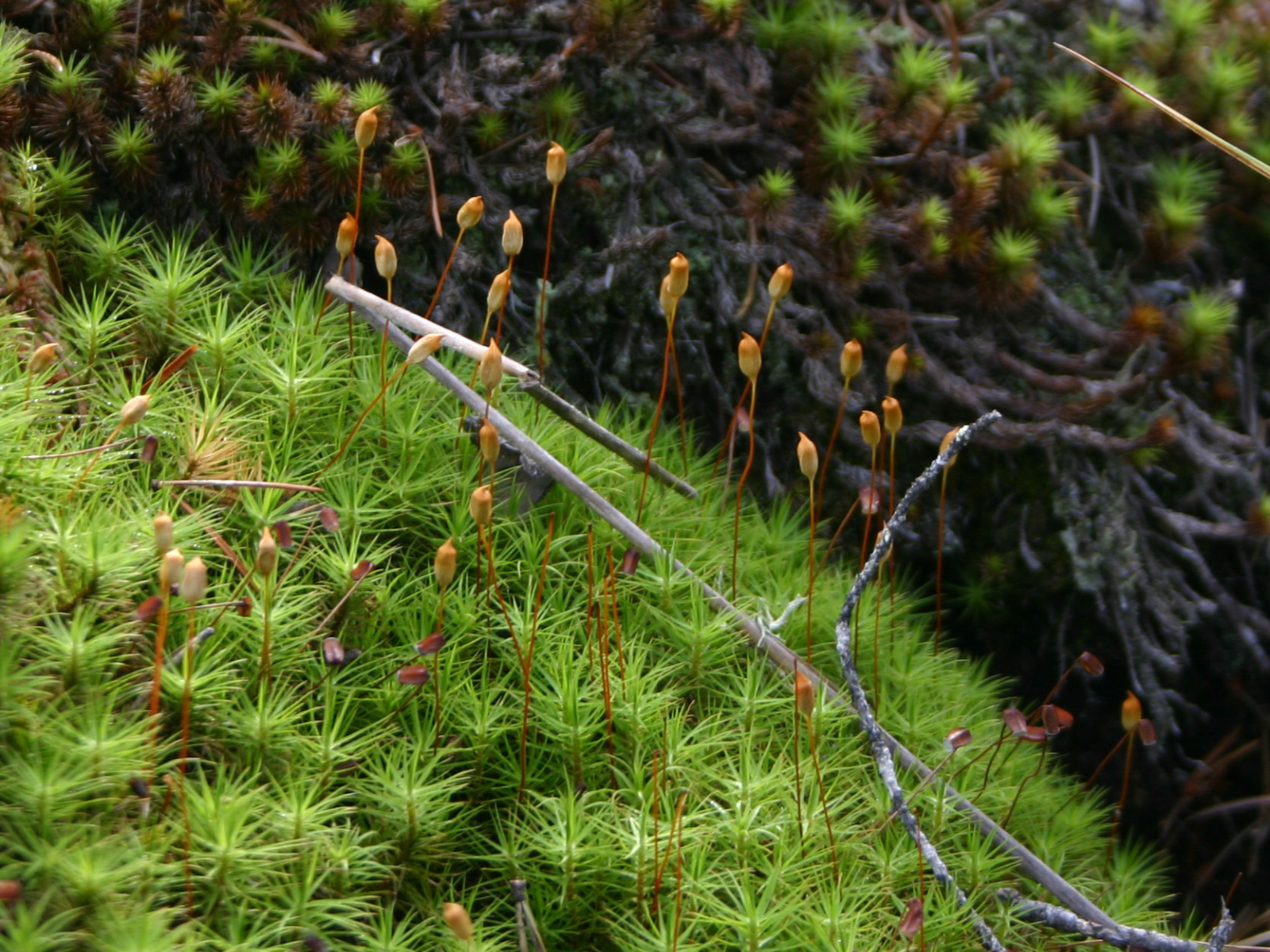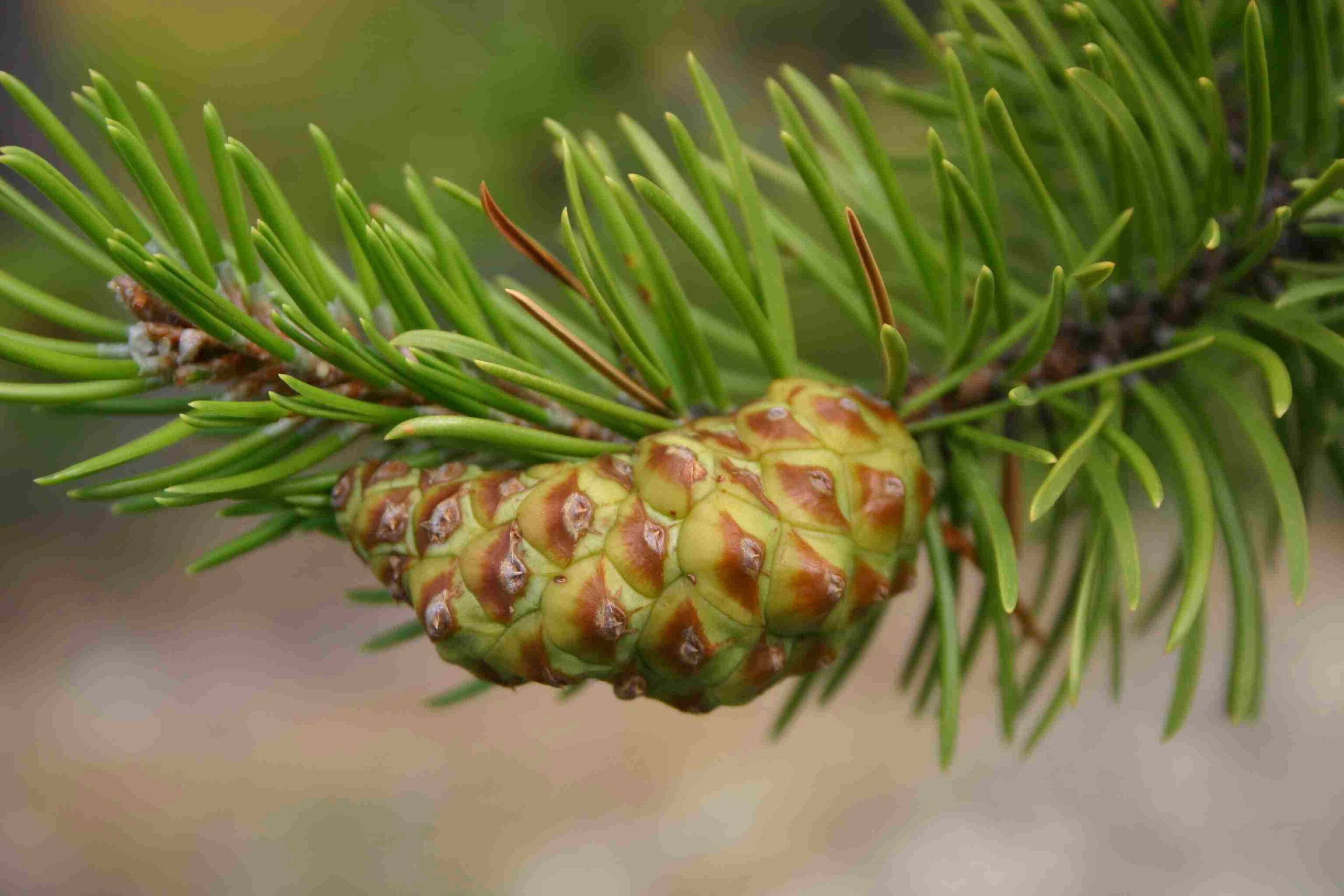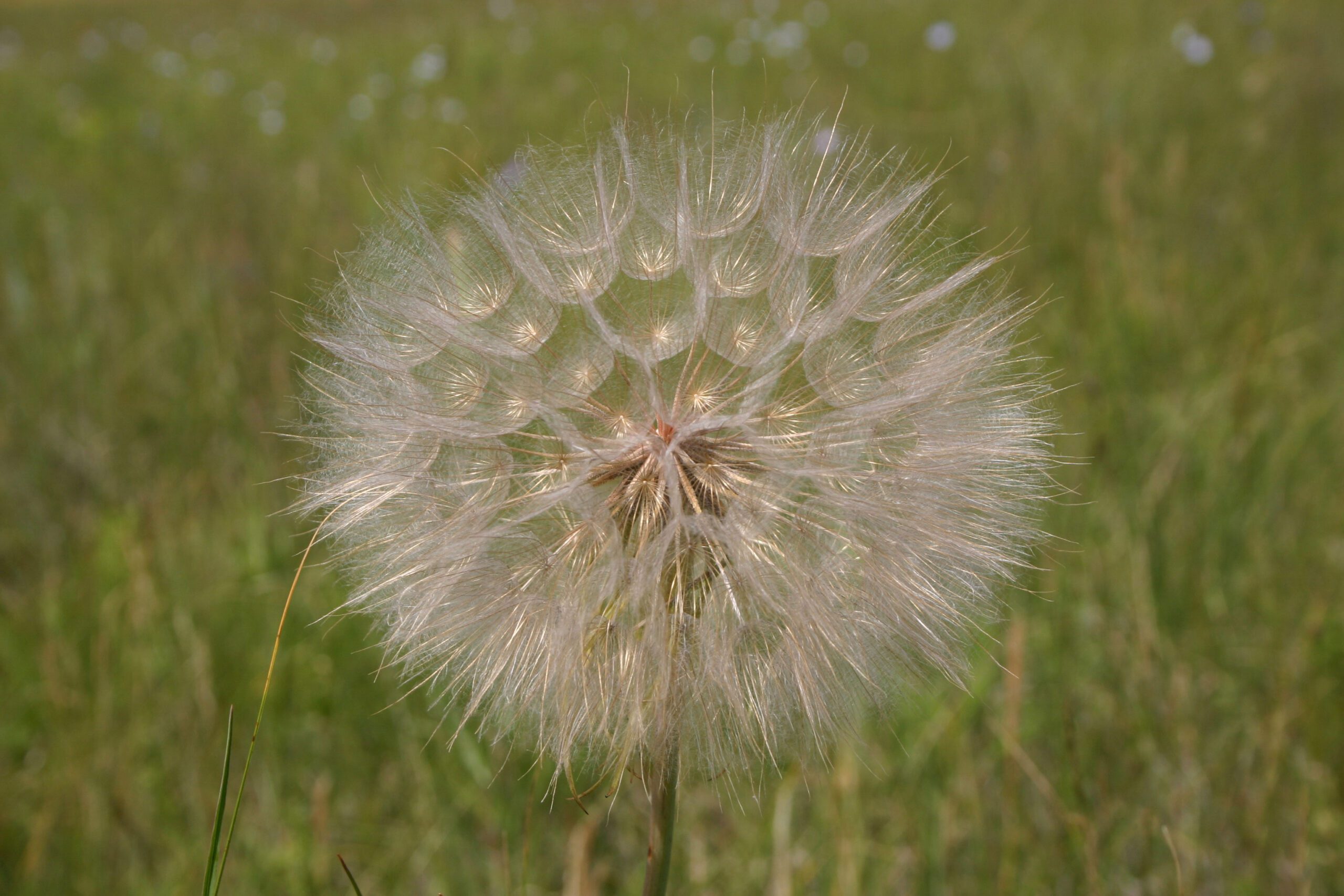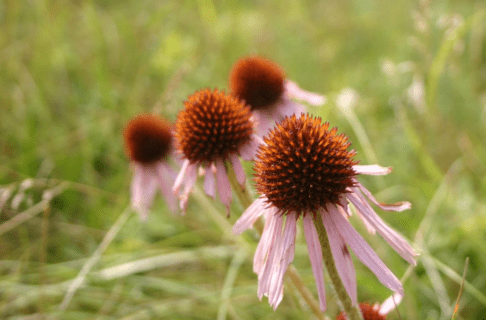Posted on: Monday January 6, 2020
Just like all creatures, plants want to reproduce themselves. But they typically don’t want their offspring hanging around for too long, eating all the food in the fridge and drinking all the beer. But plant babies living on the land can’t move on their own, so how is an exasperated plant parent going to get their children to leave the nest?
Instead of producing swimming babies like algae do, the very first land plants produced special structures called spores. These spores, which grow into tiny plants, are small enough to be carried away easily by the wind, just like dust. For about 80 million years or so, the only plants on land were species that produced spores: club mosses, horsetails, ferns and mosses.


About 390 million years ago in the mid-Devonian, a new group of plants evolved that were capable of growing very quickly. They are known as the seed plants, and they have dominated life on land for many millions of years. But what exactly is a seed anyway and how is it different from a spore? A spore consists of only one cell; it’s basically a naked baby. For that reason, spore-producing plants aren’t very good parents; they just boot out their kids with nothing to eat and no clothes on. A seed on the other hand consists of three things: a baby, a bottle to feed the baby and clothes to protect the baby.

The first seed-producing plants were the gymnosperms (which means “naked seed” in Latin). They produced multiple babies in structures called cones. But the seeds of these cone-bearing plants are quite heavy compared to the spores of ferns, and initially they may have fallen right under their parent. Plants will obviously not grow very well in the shade of their parent, so any kind of structure that would help the seed move a little further away was advantageous. That’s why many cone-bearing plant seeds evolved a thin wing that increases wind resistance and helps the seed glide further away.
The development of seeds was a real game changer because plant babies were way more likely to survive with a food source. There was just one problem: animals. Seeds represented a new source of food for them and they eagerly indulged.
The seeds of Jack pine (Pinus banksiana) cones have tiny wings to help them float away from the parent tree.

Around the same time mammals evolved, in the Jurassic period about 160 million years ago, yet another group of plants evolved that had an advantage over the cone-bearing plants: they protected their young by enclosing them in fruits. In many species, the fruit also functions as a mode of transportation, essentially a kind of baby carriage. In habitats that are open and windy, like grasslands, many plants continue to use wind to disperse their babies. The elaborate shapes of the fruits (many functioning like parachutes), enables the seeds to fly for much longer distances than the simple gliding seeds of the cone-bearing plants.
Image: The seeds of many aster plants, like goat’s-beard (Tragopogon dubius), have fruits shaped like parachutes, which help them fly.
What if a plant lives somewhere that isn’t very windy though? What do they do? Stay tuned for part 2 of “The Perils of Plant Parenthood” to find out.






